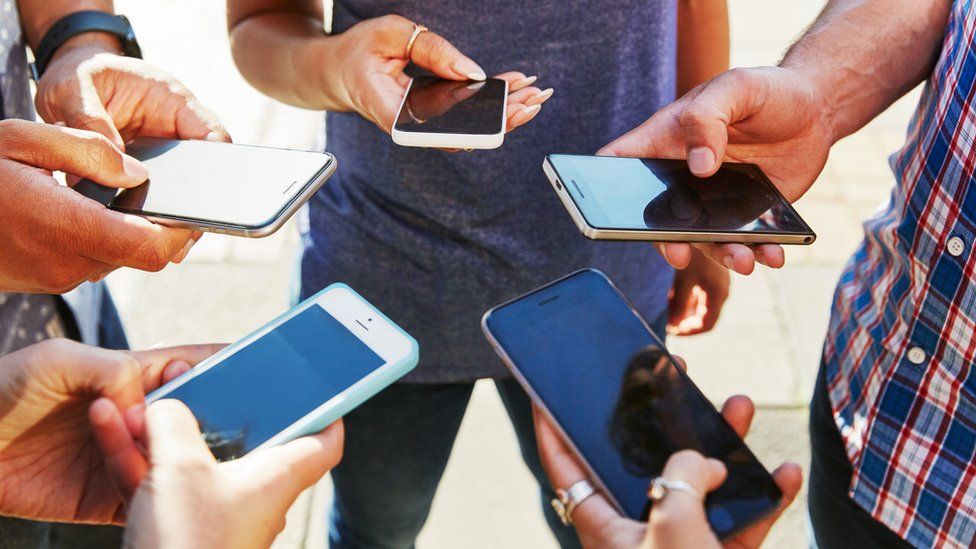Buying Guide: Choosing the
Right Smartphone
Introduction
Smartphones have infiltrated practically every aspect of our digitally
enhanced existence. Smartphones are becoming more popular, and the variety of
alternatives available is expanding. Choosing a smartphone from such a large
list of alternatives might be difficult, so we created a guide to assist you in
selecting the best smartphone in Malaysia.
What to Consider before Buying
a Smartphone?
Performance: RAM and Processor
The processor in your smartphone, also referred to as the chipset or
SoC, is that the component responsible of just about all functions on the
device. it's the system's brain, and most of those processors even have AI
capabilities, allowing your smartphone to become as 'smart' because it is
today.
A powerful CPU not only ensures that your gadget runs smoothly, but it's
going to also improve other aspects. Image processing is an example. As an
example, Samsung phones are available in two flavors, one with the Snapdragon
processor and therefore the other without. The other, on the opposite hand, is
powered by Samsung's own Exynos chip. Some reviews have remarked that there's a
major difference between the 2 models, not just in terms of processing power,
as we know that the Snapdragon is way faster, but also in terms of image
processing capabilities.
When it involves RAM, this refers to the system memory that smartphones
utilize to store data from running programs. The software system consumes a
piece of the RAM on your smartphone to stay it running. we can't delve into the
nitty-gritty of RAM use in an exceedingly phone because it might need
discussing terminology like kernel-space, which might take up plenty of space
during this post. Having more RAM allows you to run a bigger number of programs
within the background, which improves your multitasking experience
dramatically. Some smartphones, on the opposite hand, are defying all odds by
packing 12-16 GB of RAM into their devices. That's just an excessive amount of
for a smartphone, especially if you are not visiting be toggling between 10-20
applications directly.
Operating System
There are just two choices: Android or iOS. the choice is far harder
than you'll think, since both operating systems offer an extended list of
benefits and downsides. You're on Team Android if you're keen on messing around
along with your phone and customizing it to your heart's delight. You're Team
iOS if you prefer an easy, powerful software package that receives regular
software upgrades and is maintained for a extended length of your time.
Nonetheless, Android is nearly as powerful but almost as easy, despite the very
fact that the most recent Android version is significantly easier to use than
Gingerbread. Just confine mind that, in some circumstances, iOS as an package
is extremely limited.
User Interface
You should also bear in mind that a lot of devices have their own skin
or UI, acronym for user interface, on top of Android. OnePlus has OxygenOS, a
clean skin that's very near vanilla Android, Samsung has One UI 2, which has
gone an extended way from its TouchWiz days, Xiaomi has MIUI, which is an ad-fest
but well-optimized, and Oppo and Realme have ColorOS, which is basically
inspired by iOS. Remember check out the UI before purchasing the device to
determine whether it suits your needs.
Display
Smartphone display sizes appear to be expanding all the time, stretching
the boundaries of what we'd anticipate from a smartphone display. They've made
it into the 'phablet' category, with screens as large as 6.9 inches.
However, in an age where we are increasingly consuming material on our
mobile devices, this might not be a terrible thing. Anything larger than 5.7
inches is usually recommended so you'll be able to fully immerse yourself in
games and films. LCD and AMOLED screens are the 2 kinds of displays available.
AMOLED screens feature higher contrast and darker blacks than OLED or Super
AMOLED displays (in the case of Samsung). They also help save battery life by
turning off all of the phone's black pixels to point out 'true black.'
There are other resolutions available, like Full HD, Full HD+ Quad HD, and
so on. While QHD visuals are clearer, the difference between FHD and QHD isn't
too noticeable, especially to the untrained eye. you must also check your
device's screen protection. Gorilla 5 and 6 are common in today's smartphones,
and that they give adequate protection for your glass sandwiches. However, we
still highly urge a case.
Storage
Lower-end devices have 64GB of storage, whereas flagships have 128GB to
512GB. most folks import every single GB of information from our prior phones
to our new ones using quick sharing applications and technologies. As a result,
appropriate storage is critical. We recommend that you just don't go smaller
than 128GB, since this can give you enough of storage to store your data and
download programs to your heart's delight. Also seek for phones that have
expandable memory storage.
Battery Life
6+ hours of screen on time is that the gold standard for battery life in
premium smartphones. Even heavy users should be able to get by with anything
with a bigger capacity. Flagship phones, likewise as certain mid-range phones,
are able to do screen on time of 8-10 hours, which is amazing. the target is to
seek out a phone that may last a minimum of one full day of heavy usage. So,
before you purchase a smartphone, ensure to seem up battery testing online.
Also, see whether the phone you're wondering buying incorporates a good
power-saving mode.
Camera Quality
Multi-camera phones have become increasingly common, while phones with only 1 back camera have become increasingly rare. A primary lens with the most important MP count, a camera lens, and a wide-angle shooter are commonly used. Then there are the optional additions just like the ToF (Time of Flight) sensor, color filter and macro available. due to the vast number of photographs which will now be captured on phones, we at the Digit Labs are big admirers of wide-angle lenses. Taking pictures of enormous areas isn't any longer a problem. When used correctly, the optical lens may additionally generate stunning bokeh. Also, don't go megapixel-hunting; a greater megapixel count doesn't automatically imply better shots, since the sensor size is much more important in capturing decent images.





















0 Comments
Silakan comment. Jangan malu, jangan segan yew :p